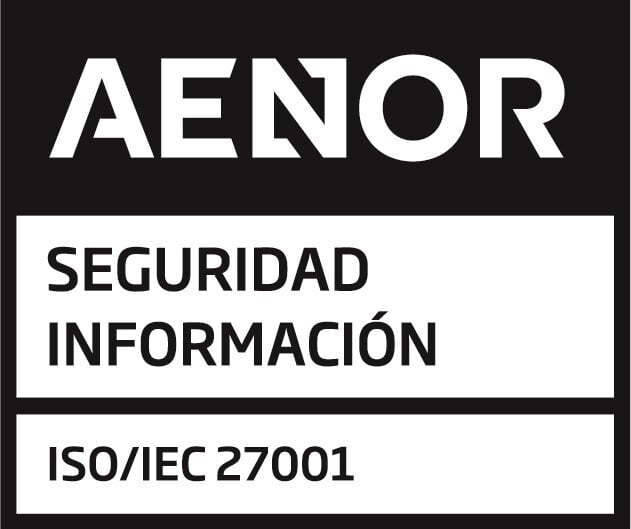Embarking on the journey towards a cleaner and more sustainable energy future requires more than just innovation; it demands strategic collaborations and robust agreements. In this quest, Power Purchase Agreements (PPAs) emerge as powerful instruments, shaping the landscape of renewable energy. Picture a symbiotic dance between energy producers and consumers, choreographed by a contractual masterpiece known as a PPA.
Brief Overview of Power Purchase Agreements (PPAs)
Before we get into the details, let's start with a basic understanding of PPAs. These agreements are crucial for the renewable energy industry as they define the terms for exchanging power between the energy producers and consumers.
A Power Purchase Agreement (PPA) is a long-term agreement between a renewable energy project developer and a consumer or supplier. PPAs define the terms for exchanging power between the energy producer and the consumer, playing a significant role in shaping the landscape of renewable energy. There are two types of PPAs: physical and virtual. Let’s dive into the difference between them.
Physical PPAs: Bridging tangibility and certainty
Physical PPAs involve a direct agreement between the buyer and the renewable energy project developer. The buyer commits to purchasing the electricity generated by the project for a set period. This type of PPA gives a real connection to the energy source, providing both electricity and renewable attributes.
One of the main advantages of a Physical PPA is the ability to have a fixed, predictable price for the energy. This stability is appealing to businesses that want budget certainty and protection against market changes. Also, by directly engaging with the project, buyers feel like they own a part of it and have a visible link to their renewable energy investments, which enhances their sustainability efforts.
However, Physical PPAs also have challenges. The commitment to a fixed energy volume can be risky if the actual electricity production is different from expectations. Additionally, dealing with the physical infrastructure, such as transmission and delivery logistics, can be complicated and resource-intensive.
Virtual PPAs: Embracing flexibility and market dynamics
In contrast, Virtual PPAs are financial agreements that allow businesses to buy renewable energy credits (RECs) associated with a specific project instead of buying physical electricity. This approach lets organizations support renewable projects without integrating them into their energy supply chain. Virtual PPAs are especially attractive for companies without the infrastructure or regulatory framework to handle direct physical procurement.
Virtual PPAs offer flexibility in terms of location, enabling buyers to support projects in different regions. This flexibility can be important for businesses with dispersed operations that want to align their renewable energy purchases with their global footprint. Additionally, Virtual PPAs often have fixed or indexed pricing mechanisms, providing a level of budget predictability similar to Physical PPAs.
However, Virtual PPAs have some market risk because buyers don't directly purchase electricity but the associated environmental attributes. Changes in market dynamics and fluctuations in renewable energy certificate prices can affect the financial outcome of the agreement. Additionally, understanding the complex renewable energy markets and regulations can be challenging for organizations new to this field.
Pros and cons of physical & virtual PPAs
| Aspect | Physical PPAs | Virtual PPAs |
|---|---|---|
| Pros | ||
| Tangible connection | Direct procurement of physical electricity. | Supports renewable projects without physical integration. |
| Budget certainty | Fixed, predictable pricing for procured energy. | Fixed or indexed pricing mechanisms for RECs. |
| Ownership perception | Sense of ownership and visible link to the project. | Supports renewable projects without direct ownership. |
| Global footprint flexibility | Limited by the location of the physical project. | Allows support for projects in various geographic regions. |
| Operational involvement | Direct involvement in physical infrastructure. | Reduced involvement in project operational complexities. |
| Cons | ||
| Volume commitment risk | Risks associated with fixed volume commitments. | Market dynamics impact the financial outcome. |
| Logistical complexities | Management of transmission and delivery logistics. | Reliance on market mechanisms may be challenging. |
| Market fluctuation risk | Exposure to electricity market price volatility. | Fluctuations in REC prices can impact financial outcomes. |
| Regulatory compliance challenges | Complexities in navigating regulatory frameworks. | Understanding and complying with diverse regulatory requirements. |
| Resource intensiveness | Resource-intensive negotiations and management. | Easier integration into energy portfolios with less resource demand. |
Choosing the right path
In the world of renewable energy, Power Purchase Agreements (PPAs) are essential instruments that shape the landscape of clean power. Physical PPAs offer tangible connections to renewable projects, providing fixed, predictable pricing and a sense of ownership. On the other hand, virtual PPAs offer flexibility, allowing businesses to support projects in different regions and providing budget predictability through fixed or indexed pricing mechanisms.
Choosing between a physical PPA and a virtual PPA depends on the goals, capabilities, and risk tolerance of the buyer. Physical PPAs are ideal for those seeking direct involvement in renewable projects and budget certainty, while virtual PPAs are attractive for companies without the necessary infrastructure or regulatory framework, offering flexibility and easy integration into diverse energy portfolios.
Regardless of the choice, PPAs play a crucial role in enabling organizations to reduce their carbon footprint, run operations on renewable energy, and contribute to a more sustainable energy future.
By exploring the pros and cons of physical and virtual PPAs, businesses can make informed decisions that align with their sustainability goals and drive the transition to cleaner energy sources.
